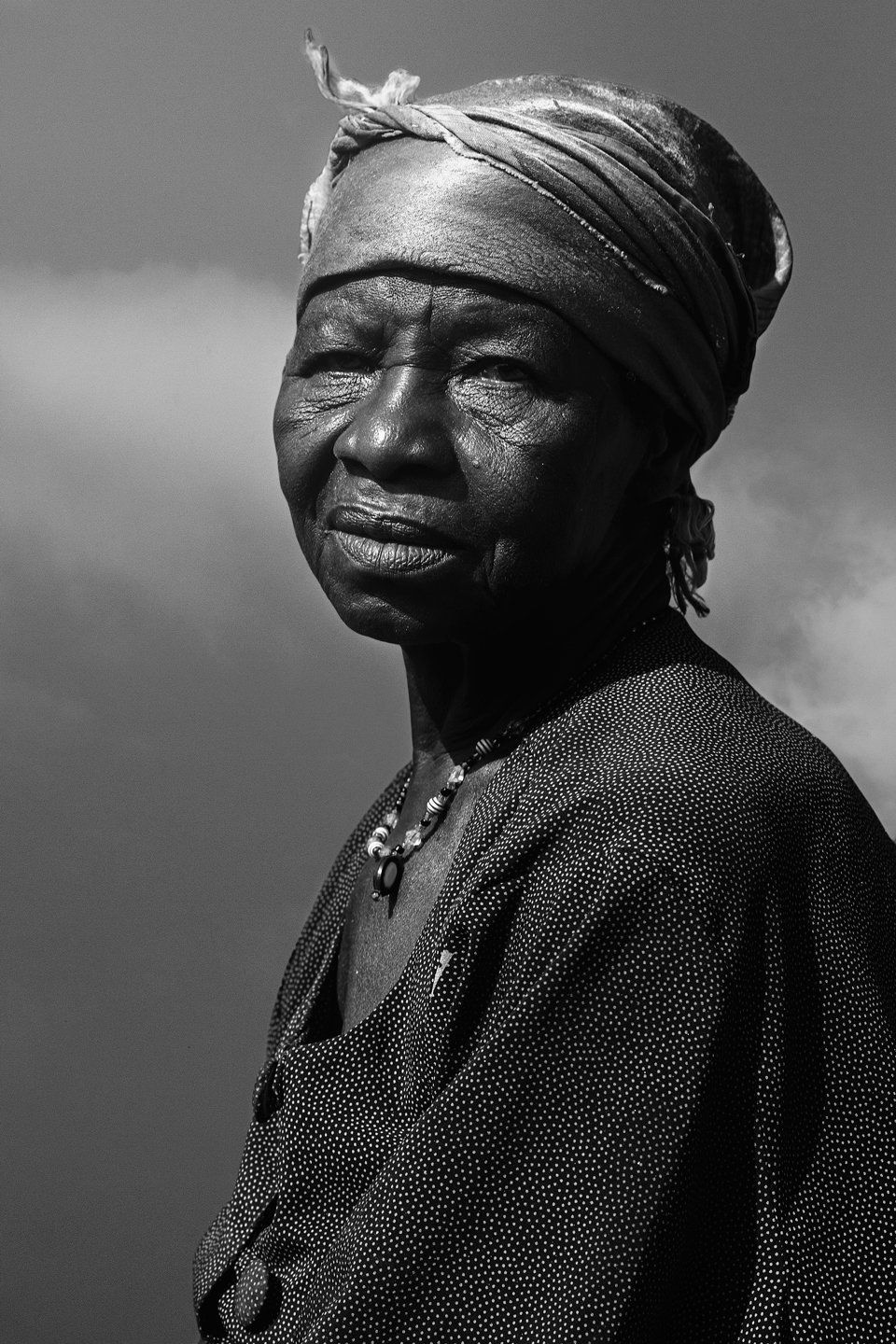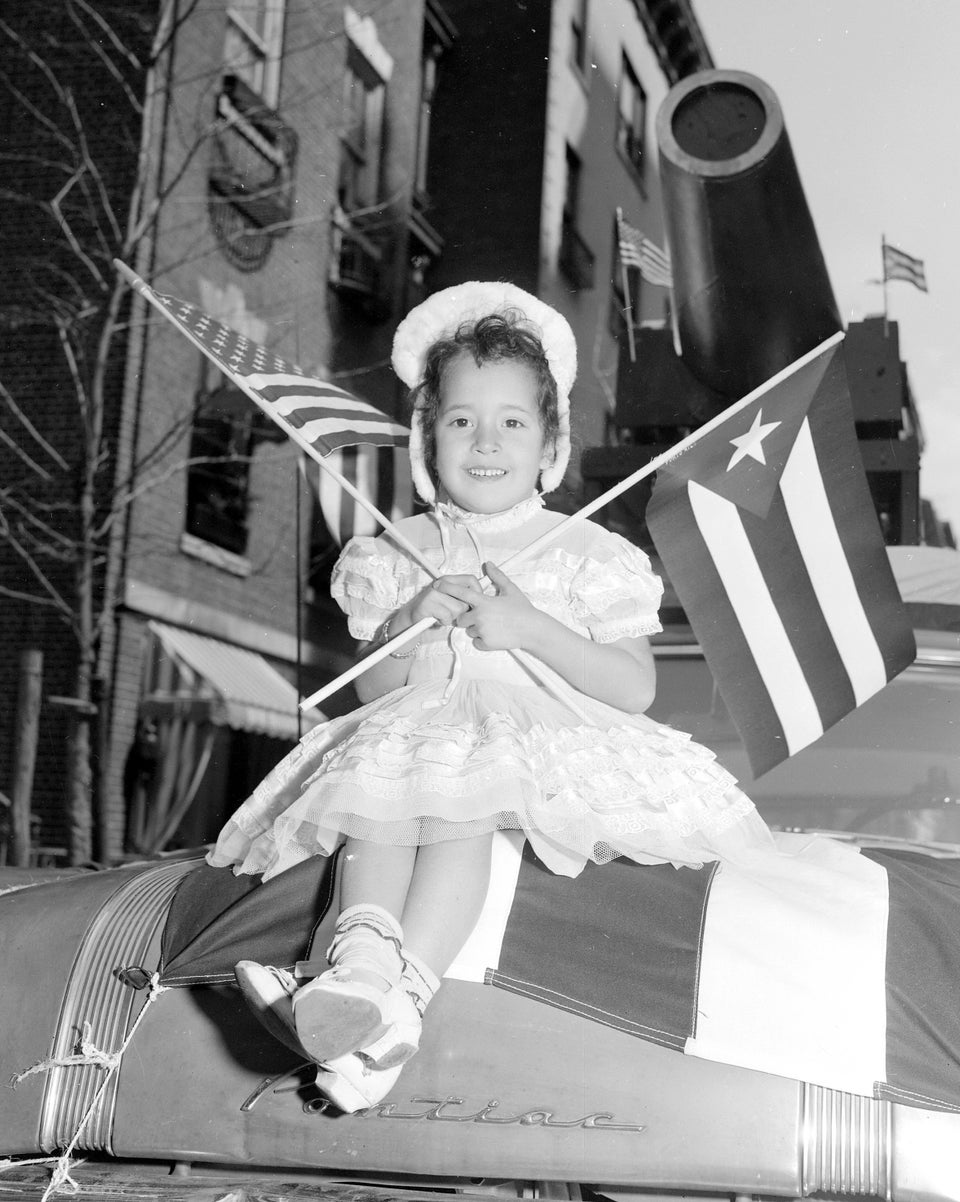In Western pop culture, the word "witch" elicits thoughts of feminine badassery -- Sabrina’s wry eye rolls, Hermione’s tenacious fight for social justice, practicers of 1970s-spawned Paganism crafting potions and practicing chants. At its most malevolent, the word harkens back to depictions of "froward" women, like the soothsaying sisters in "Macbeth."
The idea that the “witch” label could be used to suppress or condemn may feel like a distant historical fact to those of us who studied the Salem witch trials, which are cast in an unreal glow when examined from a safe remove. But for the women of the Gambaga, a camp in Ghana for women accused of witchcraft, the descriptor is very real, a force that has separated them from their families, their communities, and any feeling of security they might’ve possessed prior to accusation.
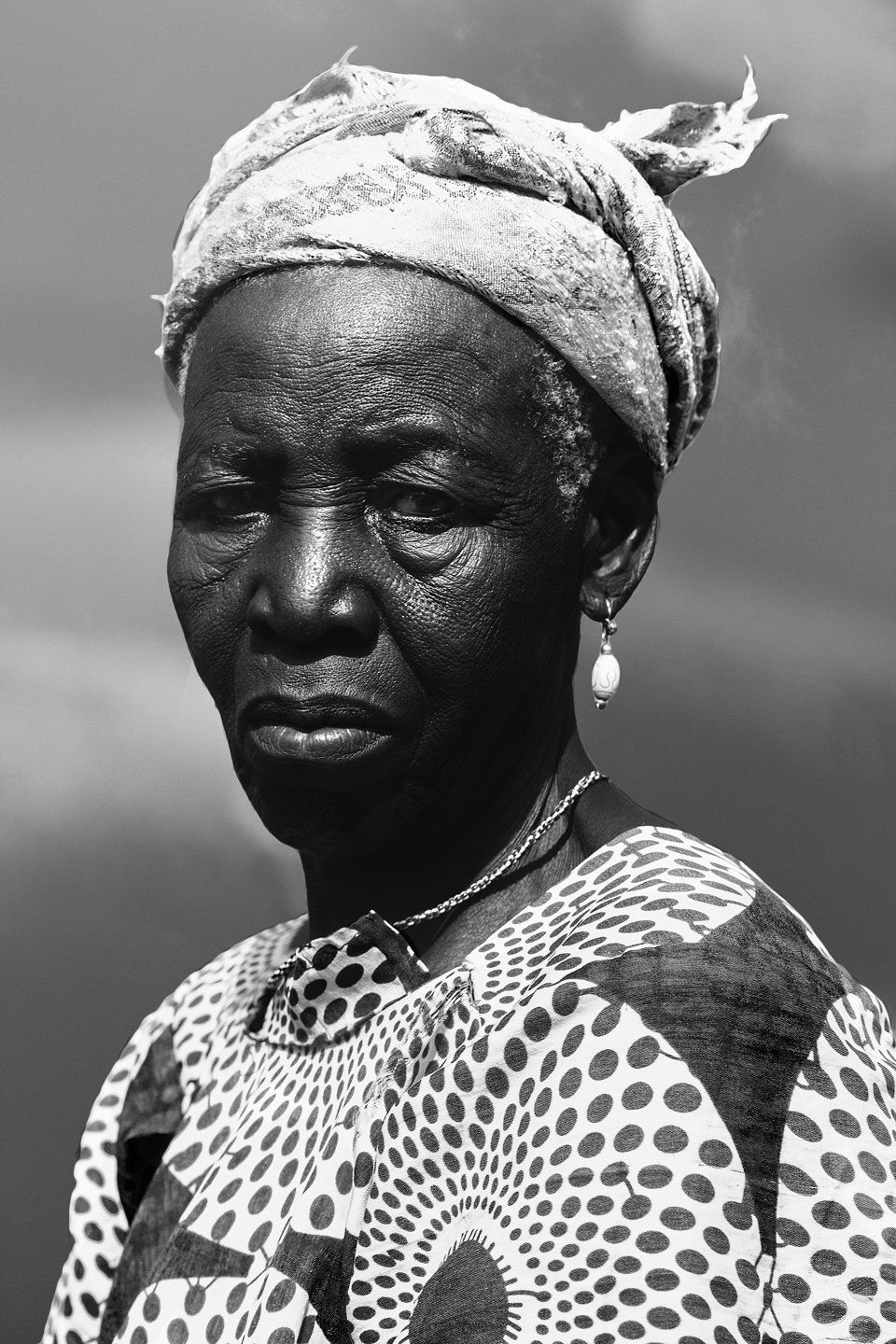
Established over 200 years ago and still used today, Gambaga is home to around 130 women, all of whom were labeled as witches by their community -- some after becoming widows, others after young family members fell ill.
After learning about the small society in grade school, and again in an African studies course in college, photographer Eric Gyamfi decided to visit Gambaga so that he might better understand the lives of its inhabitants.
“I wanted to find out things for myself,” he told The Huffington Post. “To see and listen directly from the people involved.”
Gyamfi traveled to the East Mamprusi District, where he met with the camp's chief, Yahaya Wuni. After a thorough questioning, visitors are allowed to see the camp, accompanied by one of the chief’s daughters or trusted subjects. "I explained that I wanted to photograph them the way I would my grandmother, and I did photograph them the way I would my grandmother," Gyamfi said. "I want the viewers to possibly ask, 'Where are the witches?'"
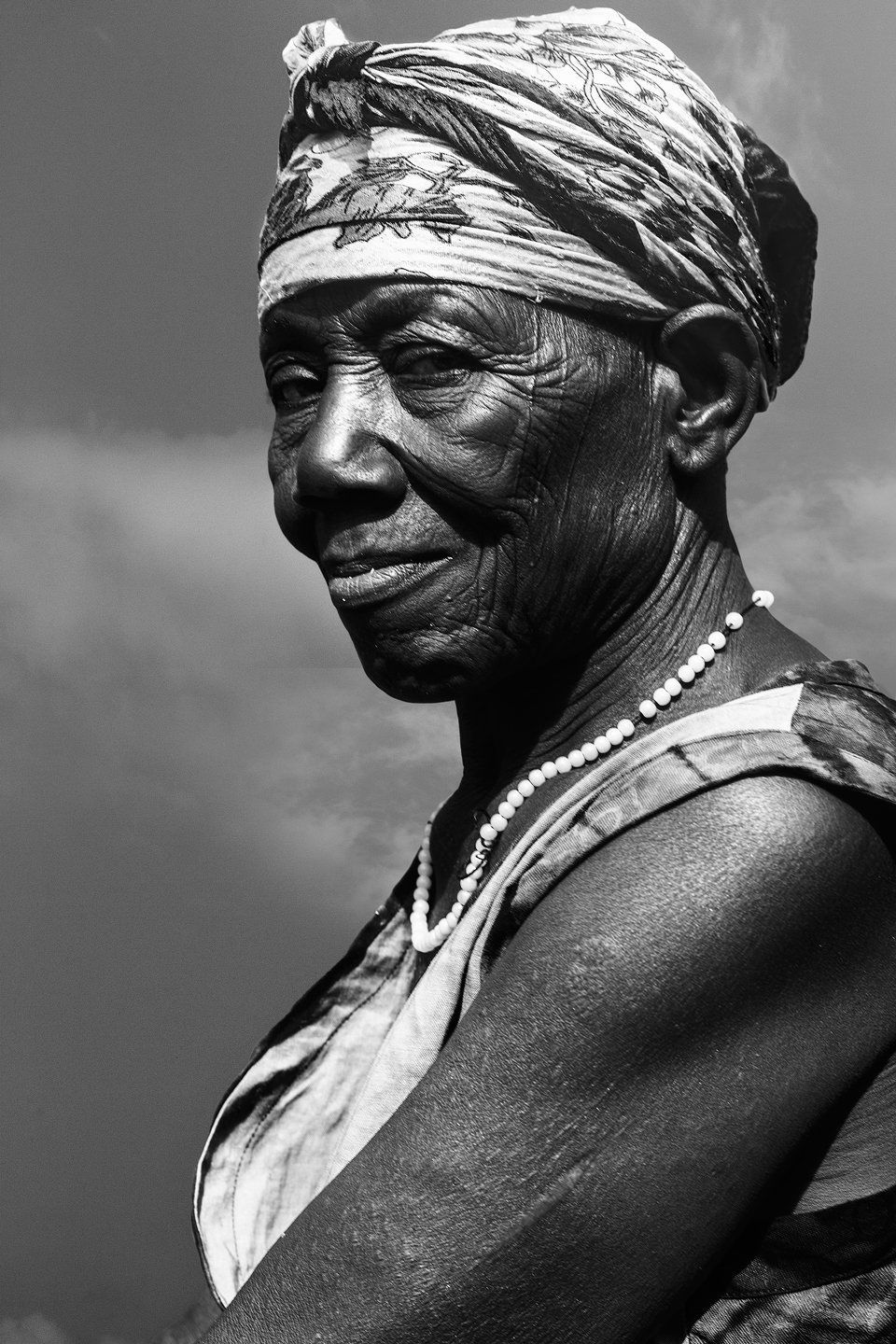
To this end, he shot close to subjects’ faces, capturing the soft ridges of wrinkles on their wizened foreheads, the calm demeanor reflected in their expressive eyes. The oldest women in the camp is over 90; the youngest is 17.
Gyamfi interviewed some of the inhabitants to learn how they wound up there. One women was told to heal her brother-in-law’s son, and, when she was unable to, was beaten by her husband and other men. She felt she had no choice but to flee to the camp.
“At a glance, it’s like many other communities; life goes on. Getting closer though, one cannot help but wonder about the living conditions, the number of women who have to share what little was present,” Gyamfi said. “There is a bit of solidarity as some of the younger women try to cater for the older ones but they can only do so much within that capacity. Many seemed to have given up on hopes of ever going back to life as they had it before. Few didn’t even want to.”
Although Gyamfi uncovered tragic stories while visiting the accused women, he hoped that his photo project would not dwell only on their hardships; instead, he hoped to convey the humanity of the accused, working toward a global solution to the discriminatory problems that landed them there in the first place.
“How do we get people to realize, and empathize, that the other humans they abuse and stigmatize are just flesh and blood like them?” Gyamfi said. “[They’re] human, strong and vulnerable at the same time, capable of good and bad just like anyone else.”

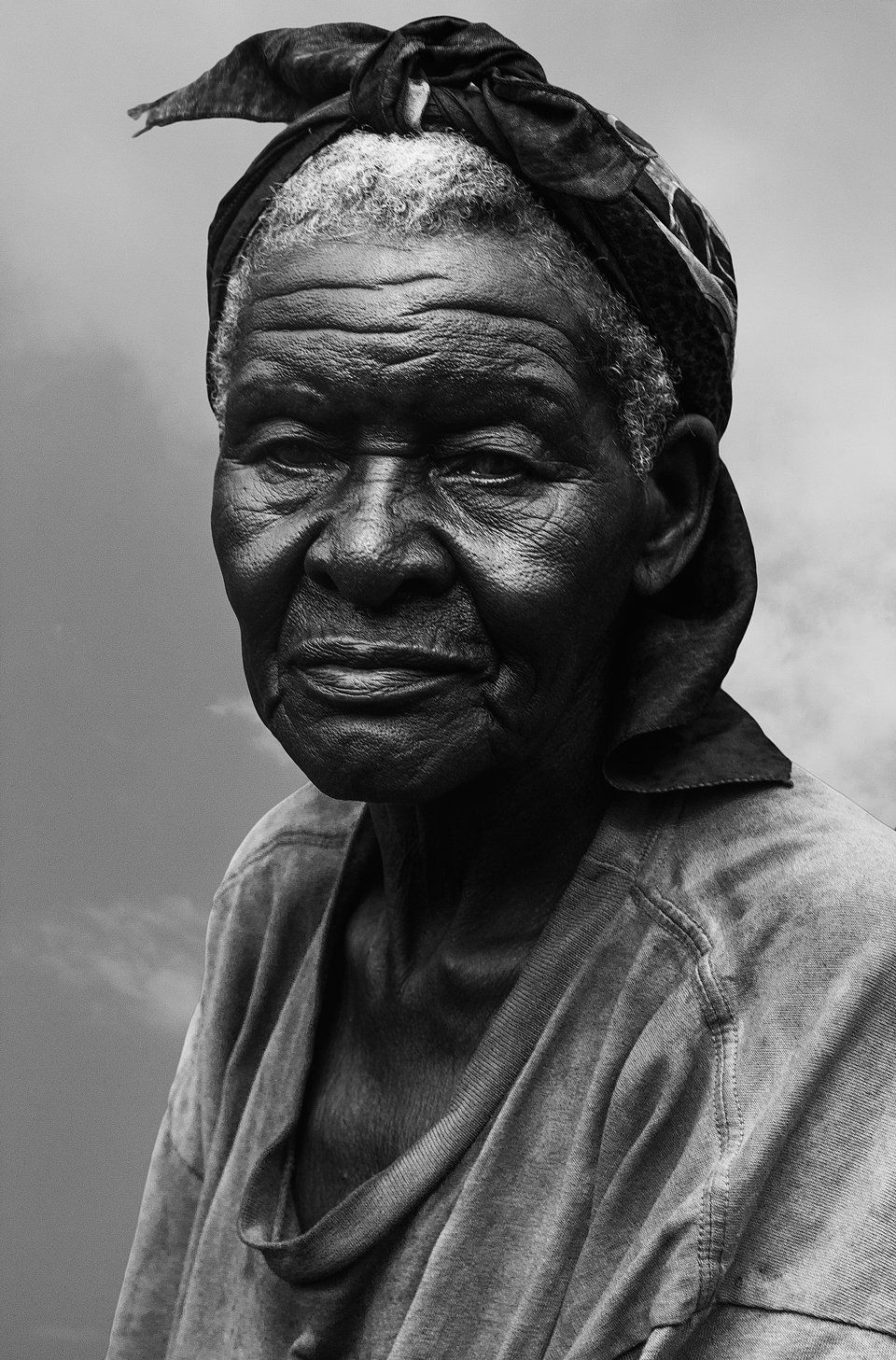
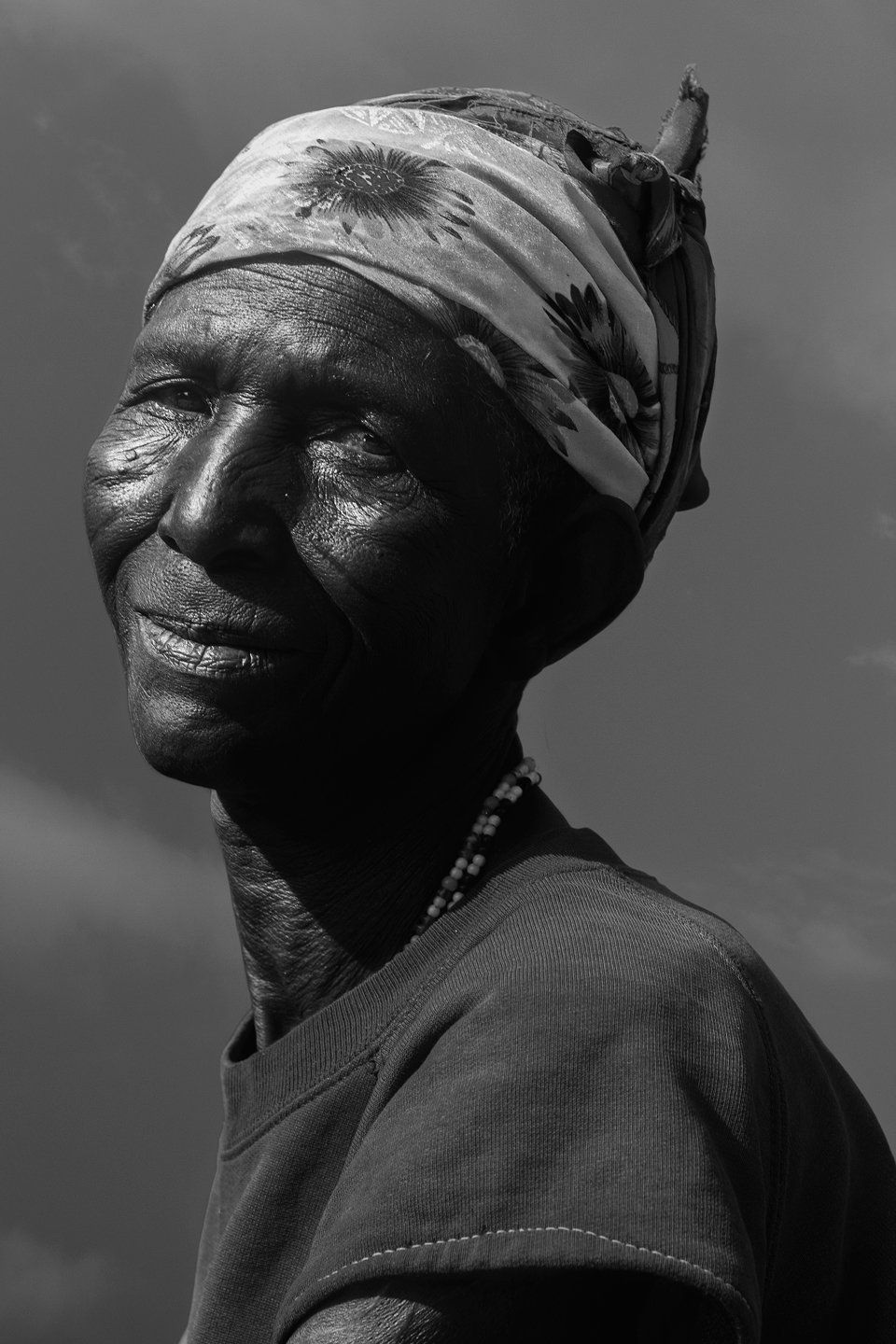

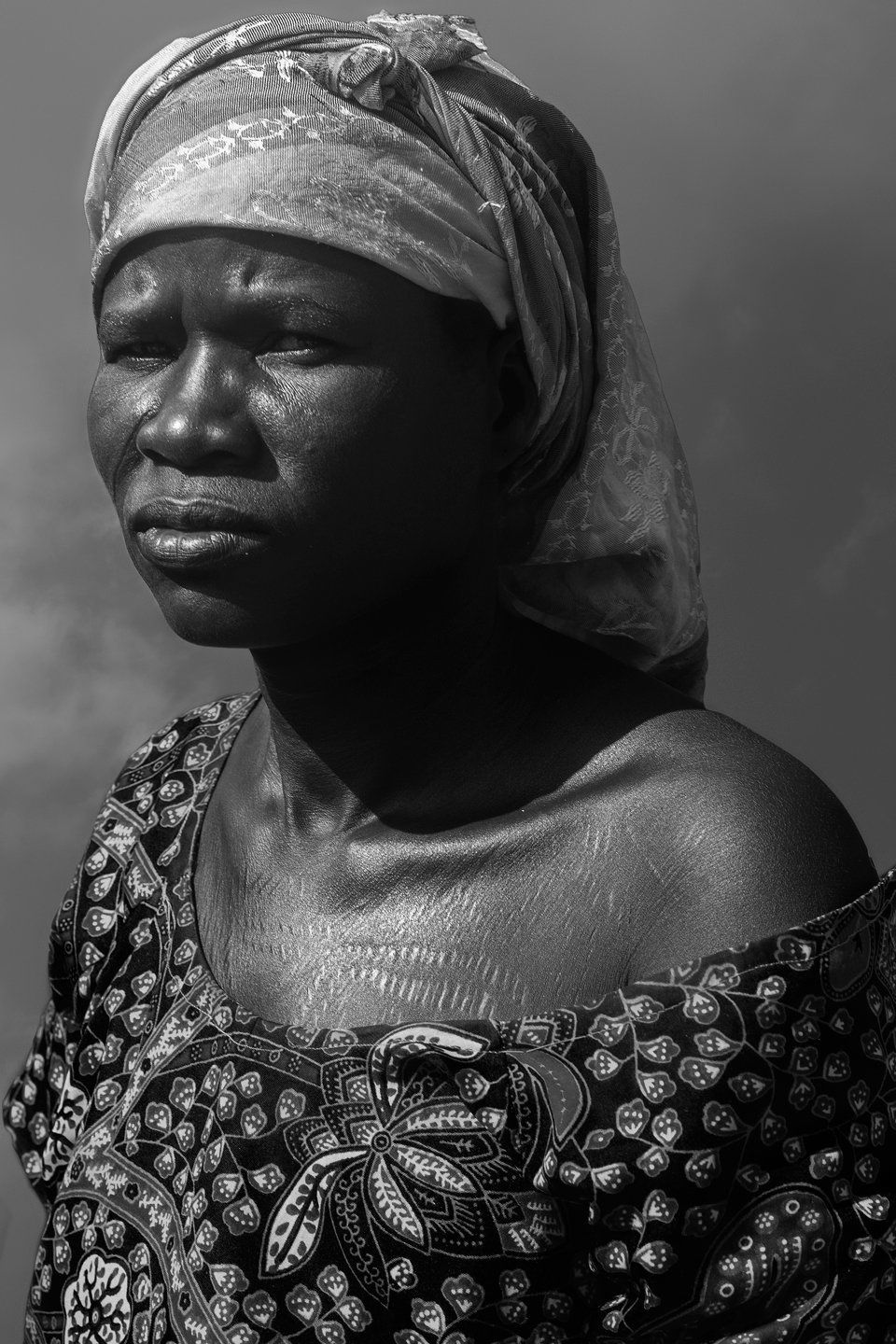
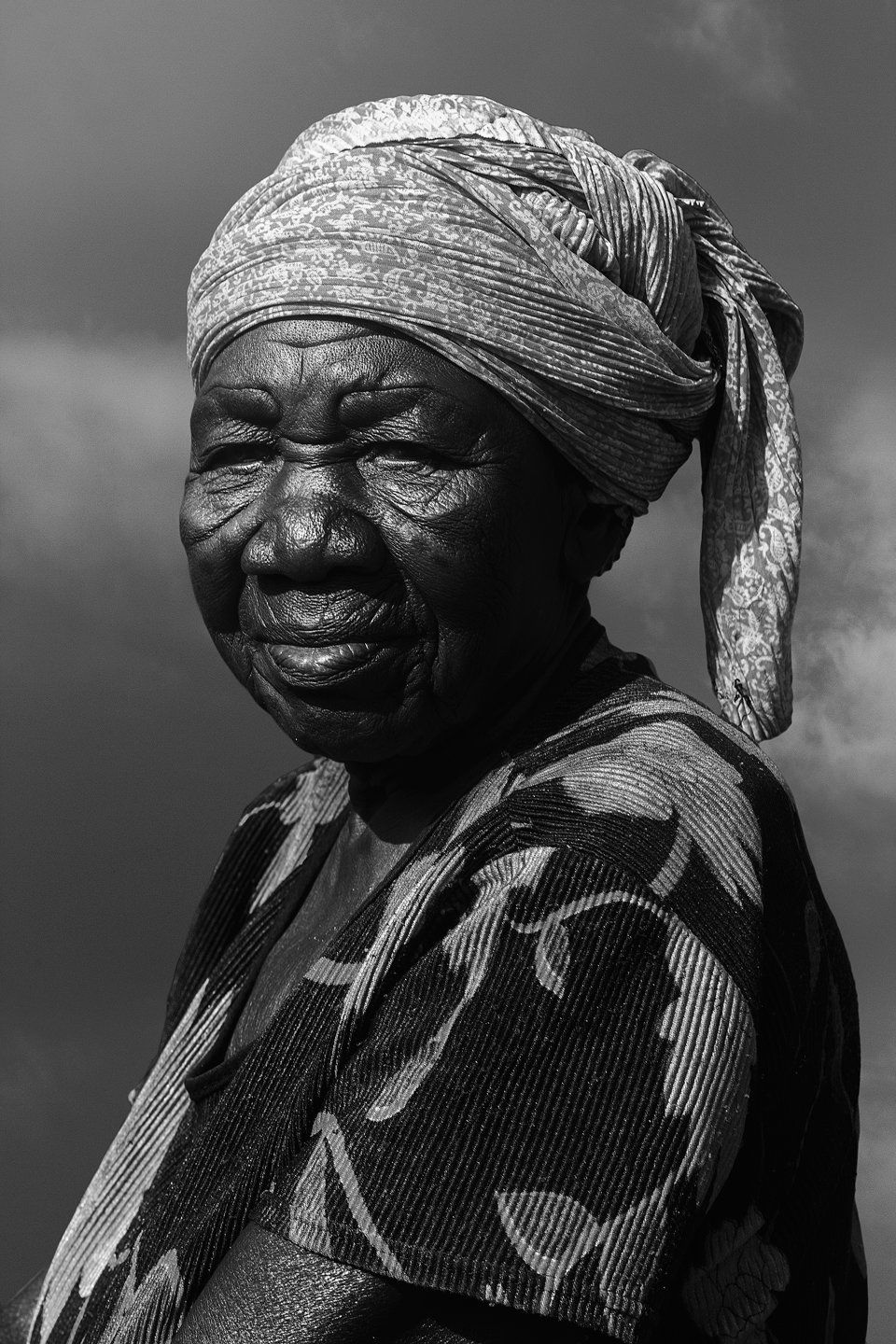
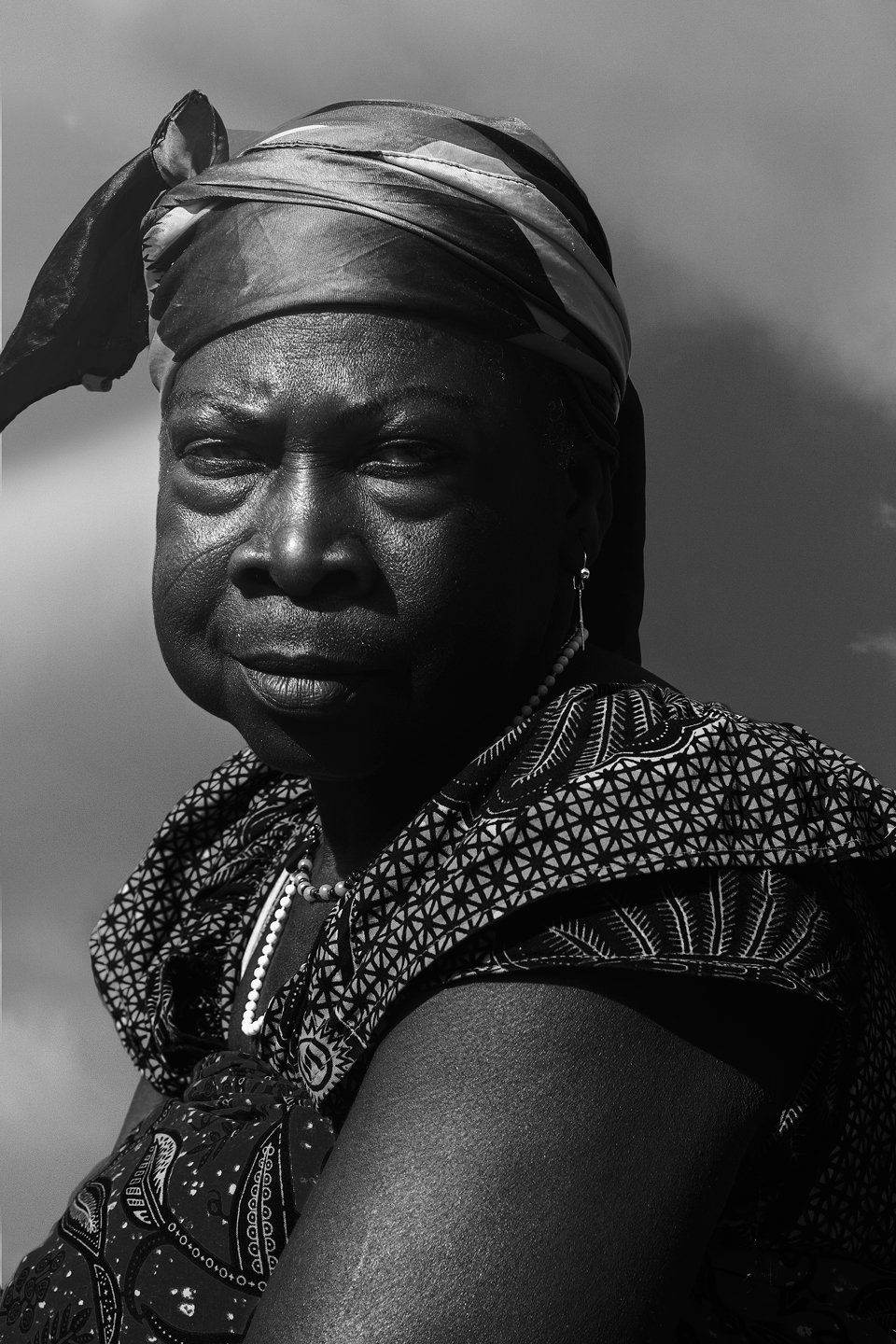
View Gyamfi's full series on his site.
